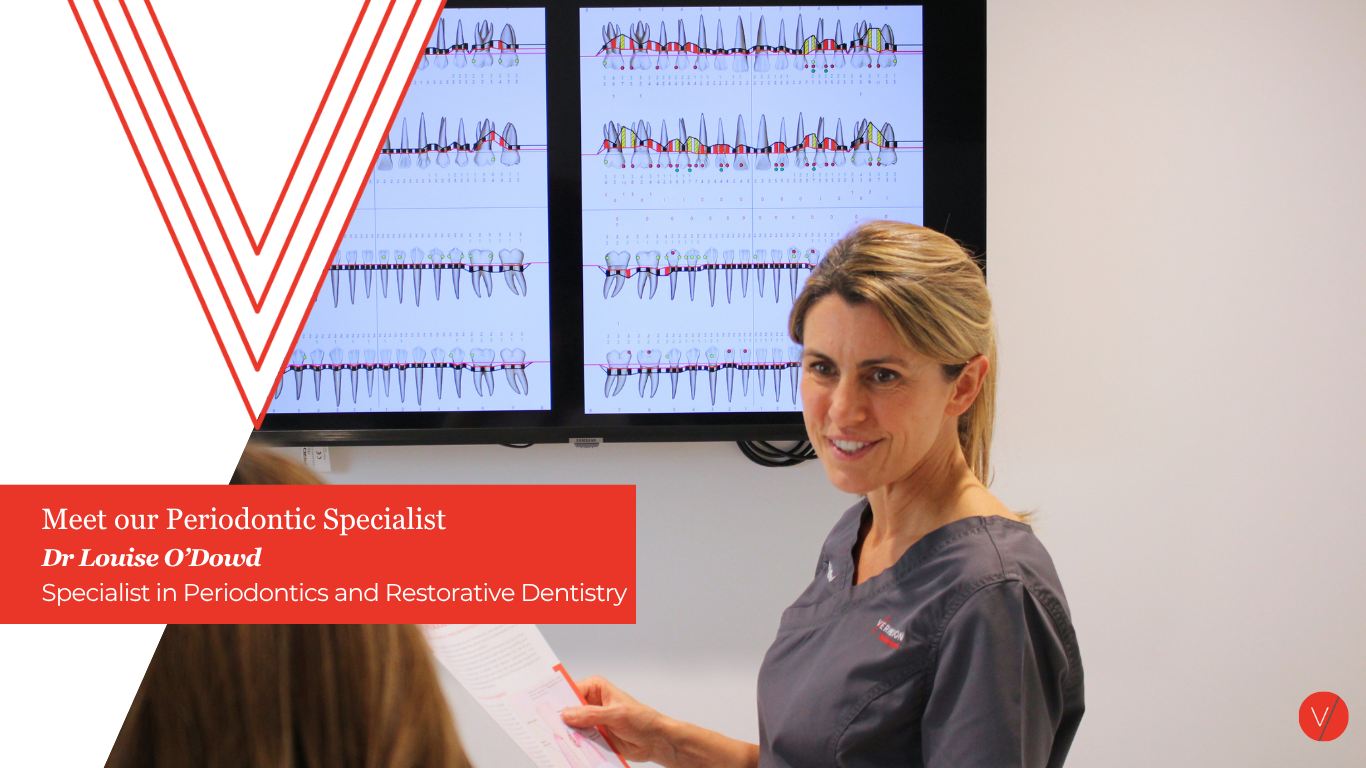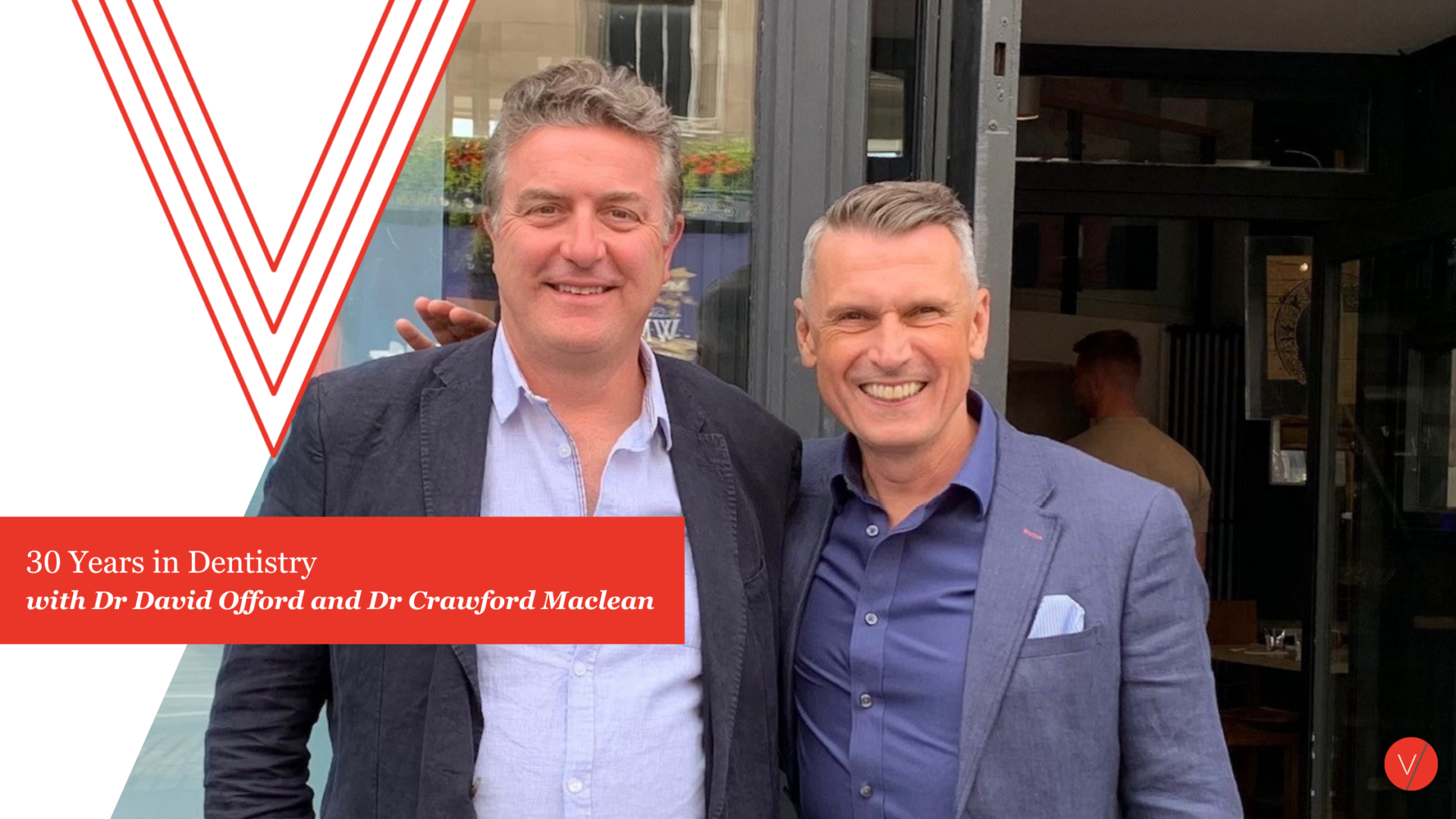Vermilion – The Smile Experts will host its second Symposium for its referring dental colleagues on Friday 7 June 2019 at The Merchant’s Hall, 22 Hanover Street, Edinburgh EH2 2EP.
This event represents eight hours of free and verified CPD. On completion, attendees will:
- Be aware of value of choosing the correct, high-quality material for a given clinical situation
- Be aware of the latest information on bonding to dentine and survival of resin composite materials, including bulk fill
- Have a modest awareness of what Kaplan Meier statistical analysis is about
- Be aware of the patient and dentist factors which may affect the survival of restorations and the restored tooth
- Be aware that longevity of the restored tooth, as opposed to merely the survival of the restoration, is most important
Event Programme
08.55 | Dr David Offord, Welcome
09.00 – 09.30 | Dr Madeleine Murray: The new classification of periodontal diseases
09.30 – 10.30 | Professor Trevor Burke: Rules for survival of restorations and teeth, part 1 (see more details below)
10.30 – 11.00 | Coffee, Trade Show
11.00 – 12.00 | Professor Trevor Burke: Rules for survival of restorations and teeth, part 2 (see more details below)
12.00 – 12.30 | Professor Burke Q&A
12.30 – 13.15 | Buffet Lunch, Trade Show
13.15 – 14.00 | Dr Will McLean: Love, the weather, and endodontics – unpredictable, unreliable, can we ever be sure?
Endodontic treatment can have a high success rate, however, treatment outcomes are not guaranteed. Factors have been identified that play a role in determining outcomes in endodontic treatment, some we can control, others not. This session will provide an overview of these factors and how the choices we make as clinicians may have a bearing on patient expectations and treatment outcomes.
14.00 – 15.00 | Joanna Taylor: How long do dentists last?
15.00 – 15.15 | Coffee
15.15 – 16.00 | Dr Louise O’Dowd: Can we predict how long periodontally involved teeth will last?
Based on the literature there is no real certainty when answering this question. There are many variables which will be discussed, and many prognostic models that have been developed, but which have limited usefulness in practice. With the advent of implants there are often strategic decisions to be made. Dr O’Dowd will show a few cases to illustrate some of the decision making dilemmas that affect us on an everyday basis, and conclude with an answer to the question: probably not – but good periodontal management will certainly enable individuals to keep teeth longer than if they are not managed.
16.00 – 17.00 | Interactive panel discussion chaired by Dr Steve Siovas: Trevor, Louise and Will
We have invited delegates to submit photos, radiographs and ideally models in advance. The panel will discuss and offer advice regarding long term periodontal and endodontic considerations, look at choice of materials, and tooth, patient and clinician factors.
17.05 | Dr Nadir Khan vote of thanks
17.10 | Drinks reception
Outline of Professor Burke’s presentation: Rules for survival (of restorations and teeth)
Satisfactory survival of restorations is central to patient contentment and successful practice, given that unmet expectations may lead the patient to seek the advice of a lawyer. Information on how to prolong restoration longevity is therefore of potential value to clinicians and their patients, and, in that regard, looking at past data can provide a pointer for how restorations might perform in the future. In addition, there is a relationship between the type of restoration placed and the lifespan of the restored tooth.
This presentation will therefore explore factors which may affect restoration survival, such as choice of material, quality of the material used, plus a wide variety of tooth, patient and clinician factors. The results for survival will be taken from clinical evaluations carried out in general dental practice on resin composite restorations on posterior teeth, and resin composite restorations in anterior teeth used in treatment of tooth wear (including how to achieve a satisfactory bond to tooth substance using the latest dentine bonding agents). The value of Kaplan Meier statistical analysis of the world’s largest dataset (13 million restorations followed for 16 years) for restoration longevity will also be explored, as this facilitates examination of the survival of, not only restorations, but of the restored tooth (which arguably is more important). This analysis will cover direct restorations in amalgam, composite and glass ionomer, and compare their performance with those of crowns, with results which might surprise some.
To summarise: the achievement of good restoration longevity is important for many reasons. This presentation will address a variety of factors (“rules”) that may govern restoration survival and, in addition, influence the lifespan of the restored tooth.


